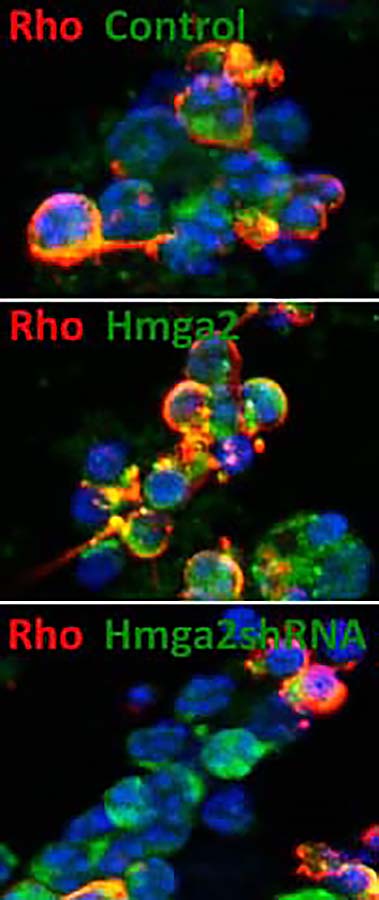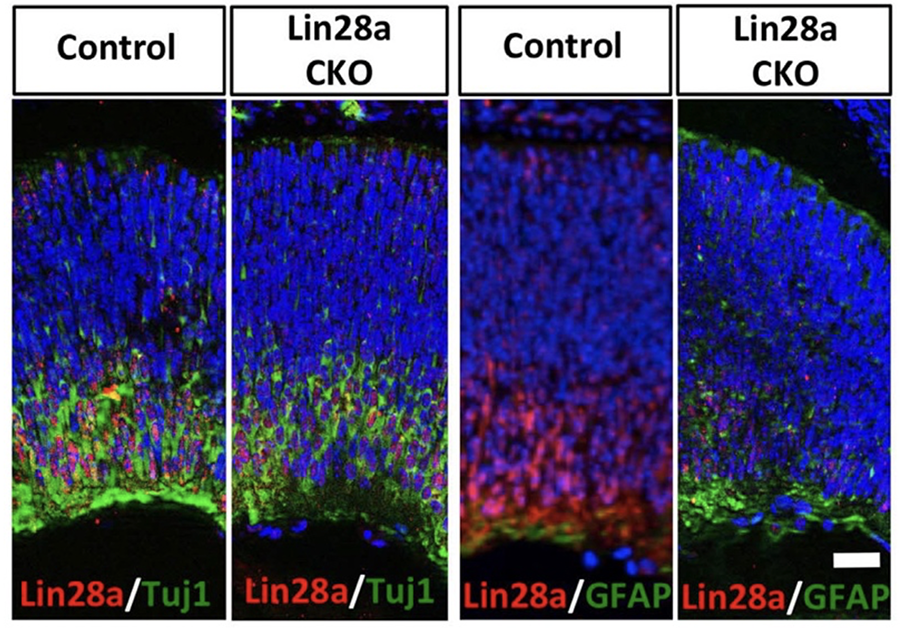Regulation of Retinal Progenitor Cells (RPCs)

There are a few questions regarding retinal development that have intrigued us.
First, are retinal progenitor cells (RPCs) irreversibly committed to a certain fate? We observed that late RPCs, when cultured in conditions simulating early histogenesis, could generate early born neurons (e.g., RGCs) (James et al., 1997, J. Neurosci.). This observation demonstrates the plasticity inherent in RPCs and suggests that these cells, if constrained by an older niche, can be rejuvenated for therapeutic purposes.
Second, do RPCs lack self-renewal capacity? If yes, how do we explain the sustenance of these cells over long duration of histogenesis that extends well into the postnatal stages? We observed that RPCs possess self-renewal property, the cardinal feature of stem cells. However, this property is non-cell autonomous, facilitated by Hmga2, a DNA architectural protein that influences transcriptional regulation, in response to cell-cell interactions (Parameswaran et al., 2014, Development). Currently, we are examining network regulated by Hmga2 in concert with Lin28 and miRNAs for the maintenance and differentiation of RPCs. Upper panel (image: Sowmya Parameswaran) shows the effect of Hmga2 gain-of function (GOF) and loss-of-function (LOF) perturbation on photoreceptor differentiation.

Third, what is the mechanism by which RPCs switch from neurogenesis to gliogenesis in the developing retina? We demonstrated that heterochronic gene, Lin28a that was discovered in c. elegans regulating the timing of differentiation, plays an important role; conditional knockout (CKO), of Lin28a expression during early histogenesis leads to premature differentiation of RPCs into glia (Xia et al., 2018, Dev. Biol.). Lower panel (image: Xia Xiaohuan) shows that conditional knock out (CKO) of Lin28 during early histogenesis decreases neurogenesis (Tuj1+ cells) and leads to premature gliogenesis (GFAP+ cells).